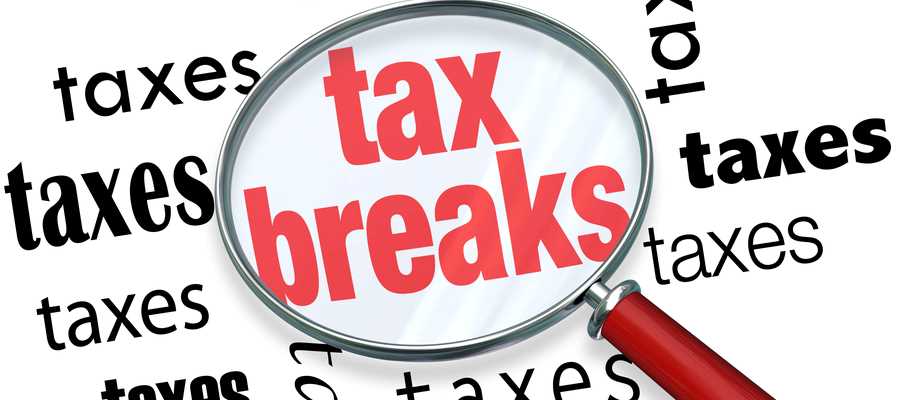
Jul
HSA Provides A Nice Tax Break
The idea behind HSAs was simple. Give workers generous tax breaks to put aside money to help pay for their health care. That in turn would make it easier for employers to offer those employees high-deductible health plans. The high-deductible plans put more of the burden on consumers, rather than insurance companies, to pay those first-dollar costs. In theory, the combination of HSAs and high-deductible insurance would encourage patients to reduce their medical spending and eventually lower the nation’s overall health costs.
But it may not be working quite that way, the EBRI study shows that those with high-deductible plans are indeed less likely to use health care services. But it turns out, people with larger HSA balances may increase their use of medical services, offsetting some of the decline in utilization caused by high deductibles.
After adjusting for age and other factors, HSA participants with relatively high balances were more likely than those with low or zero balances to their health care services more frequently. The study did not find that participants were putting aside extra money in anticipation of large medical expenses.
Overall, increased use of health care by HSA participants with large balances weakens the incentives of high-deductible plans to reduce spending. In effect, those with large balances treated their accounts as free money.
While the combination of HSAs and high-deductible insurance may not have accomplished their stated goal, the tax-free accounts remain a sweet deal for participants and for the financial firms that manage the money. HSAs benefit from three tax breaks: Both contributions and investment income earned on the accounts are tax-free. Plus, withdrawals are tax free if they are used for qualified health expenses. After age 65, participants may withdraw funds for any purpose, though they owe ordinary income tax on those distributions.
The tax breaks have proven popular. Enrollment in HSAs has increased five-fold to 26 million since 2008, and account balances have grown from about $6 billion to $55 billion.
The result: Those with high-deductible plans and low HSA balances may use less health care services, for better or worse. For those who can put aside enough to generate high balances, HSAs are a nice tax-free savings vehicle. But they appear to be less effective as a tool to help control health care costs.




